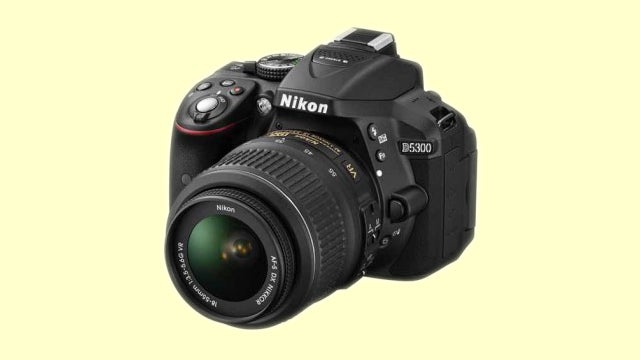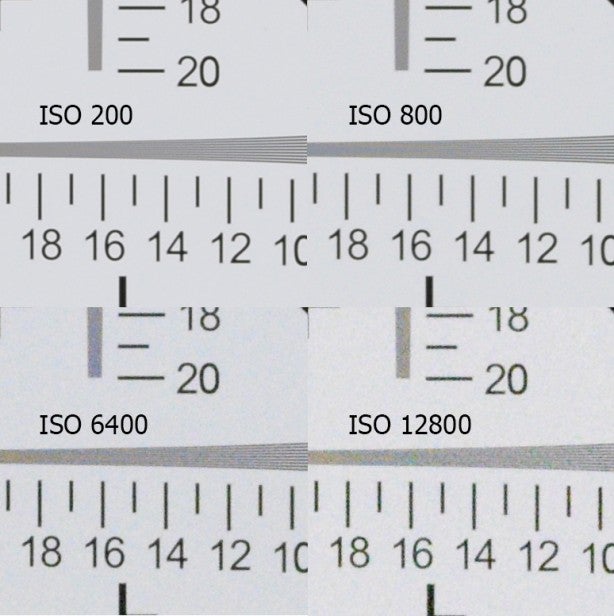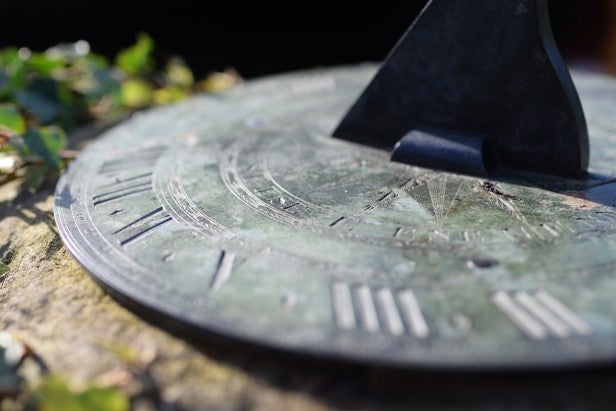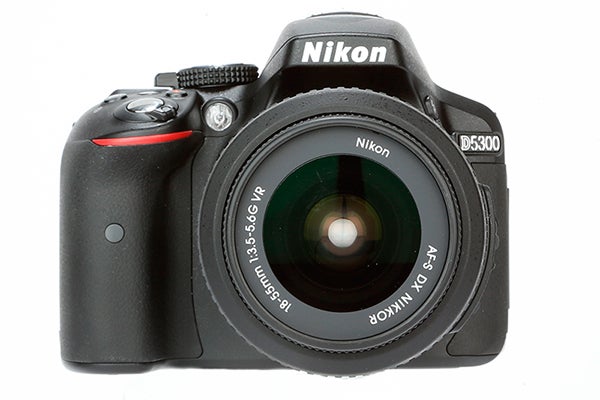Nikon D5300 Review - Image Quality and Verdict Review
Image Quality and Verdict
The D5300 is a worthy and much-needed upgrade to the D5200

Sections
- Page 1 Nikon D5300 Review
- Page 2 Design and Performance Review
- Page 3 Image Quality and Verdict Review
Nikon D5300: Image Quality
Although the Nikon D5300’s sensor is the same size and resolution as the D5200’s, the removal of the anti-alias filter, along with several performance modifications, result in a better overall level of performance.
One particular area for improvement is the camera’s performance at
higher ISO settings, with the D5300 superior in both Raw and JPEG files.
The performance is so good that there’s very little evidence of colour
noise until you reach ISO 6400, and even then both ISO 3200 and 6400 are
certainly usable for every day shooting.

The highest two settings of ISO 12800 and 25600 feature a noticeable jump in ISO noise, and as a result they are best avoided unless they are completely necessary.

1/160 sec @ f/2.8, ISO 400, AWB (Click for full res)
The removal of the anti-alias filter means that the D5300 is capable of resolving more detail than its predecessor, with lab testing displaying a noticeable improvement in this area.

1/4000 sec @ f/2.8, ISO 400, AWB (Click for full res)
An air of reliability is also felt when it comes to the camera’s white balance performance, as the D5300 rarely gets the colour cast of a scene wrong. Furthermore, colours are pleasing straight out of the camera, with very little need to adjust image in postproduction.

1/500 sec @ f/5.6, ISO 100, AWB (Click for full res)
Finally, the metering system inherited from the D5200 is similarly reliable. The only time it delivered marginally inaccurate exposures was in scenes of high contrast, although a slight adjustment of the exposure compensation setting sooner tended to that.

1/40 sec @ f/11, ISO 100, AWB (Click for full res)
The sensor also delivers a pleasing level of dynamic range, with the camera’s Active D-Lighting system on hand of you ever need to get more detail in your shadows or highlights.

Should I buy the Nikon D5300?
While the Nikon D5200 was certainly an impressive camera, and one that made it to the top of quite a few DSLR wish lists, Nikon has managed to go one better with the D5300.
Although there are certainly weaknesses, the only real major fault is the lack of a touchscreen. If the touchscreen is a real deal breaker, cameras such as the Panasonic Lumix G6 and Canon EOS 700D might just edge ahead of the D5300 on your shopping list.
Also, if you need a weather-resistant body and more enhanced AF system, and can do without built-in Wi-fi, then you could well be tempted by the Nikon D7100.
However, if you’re in the market for an upgrade from your first DSLR, or just want to take the next step in DSLR photography, you should certainly consider the Nikon D5300
Verdict
Although the Nikon D5300 certainly isn’t perfect, with the lack of a touchscreen and a high price-tag at launch two noticeable issues, it’s among best DSLRs on the market and is certainly worthy of consideration if you’re in the market for an upgrade from your first DSLR, CSC or advanced compact.
Trusted Score
Score in detail
-
Value 7
-
Design 8
-
Features 9
-
Image Quality 9
-
Performance 8


